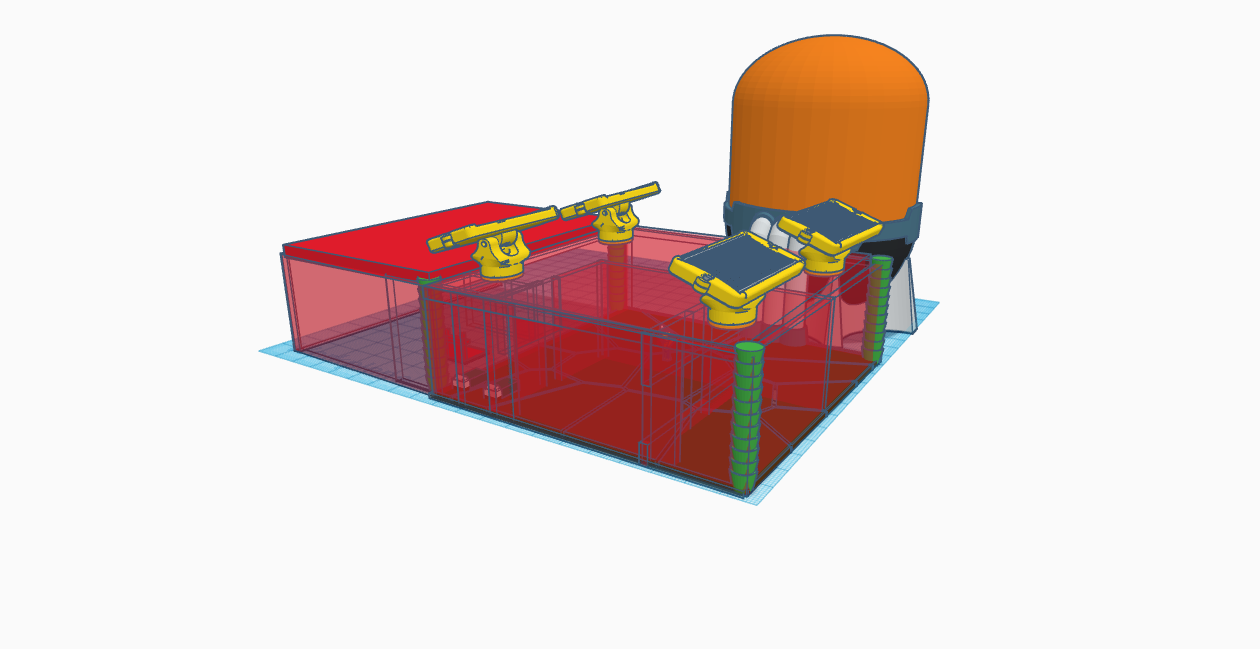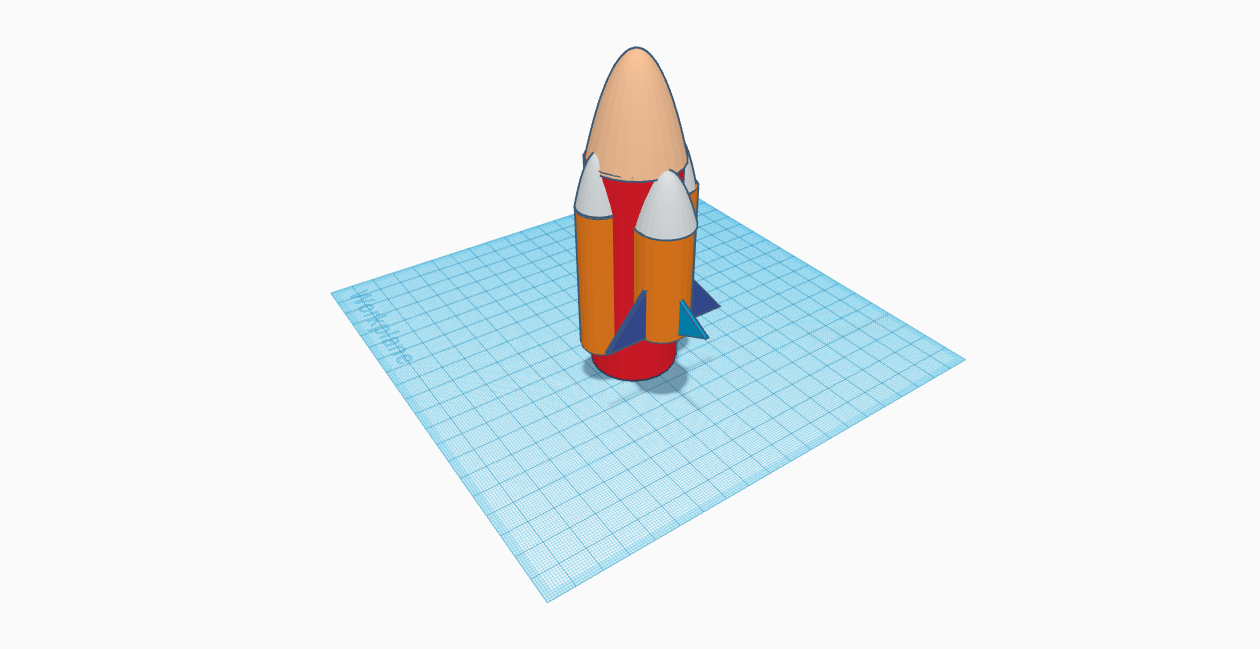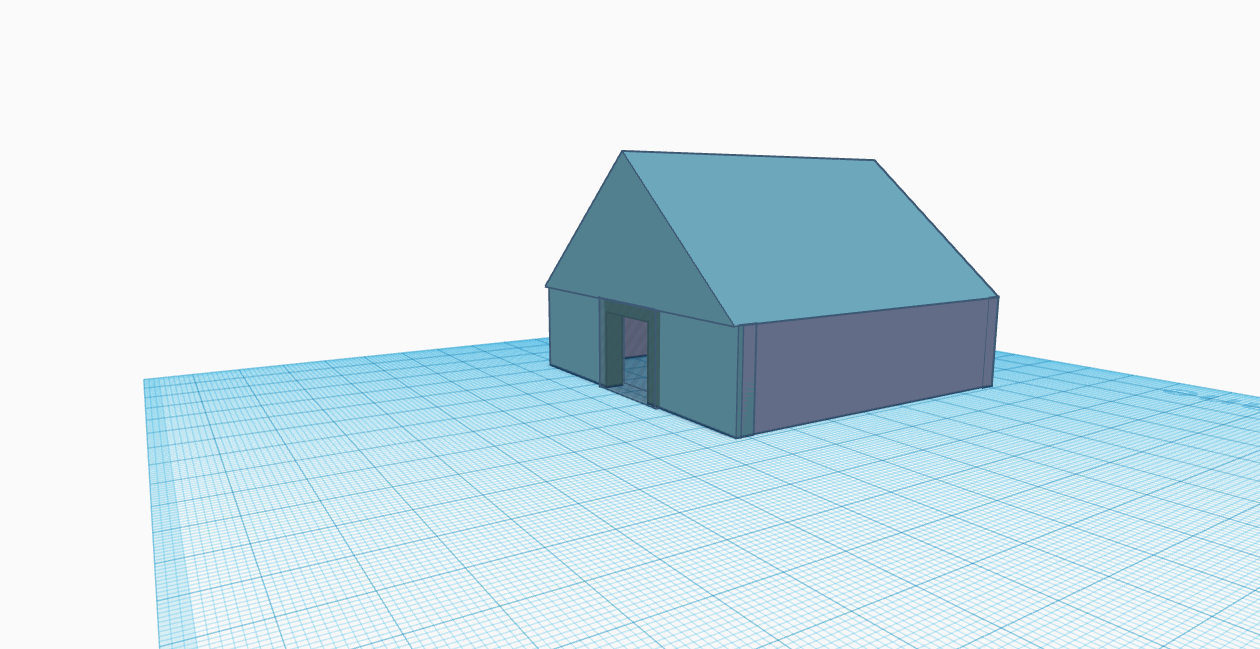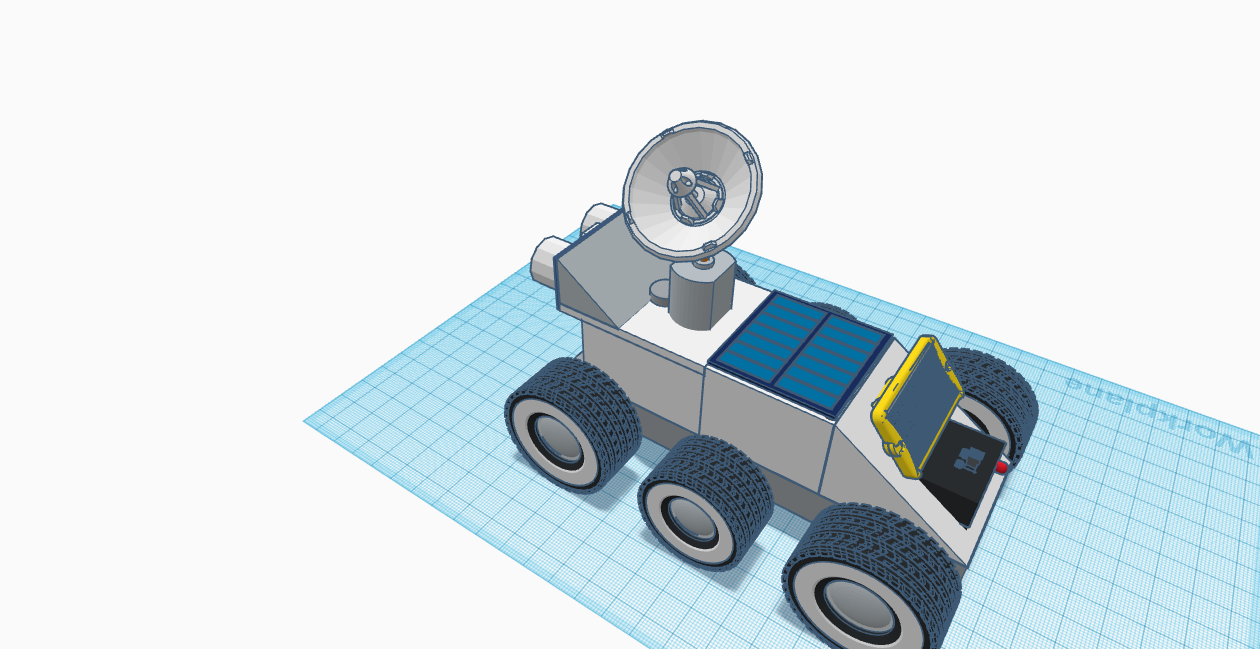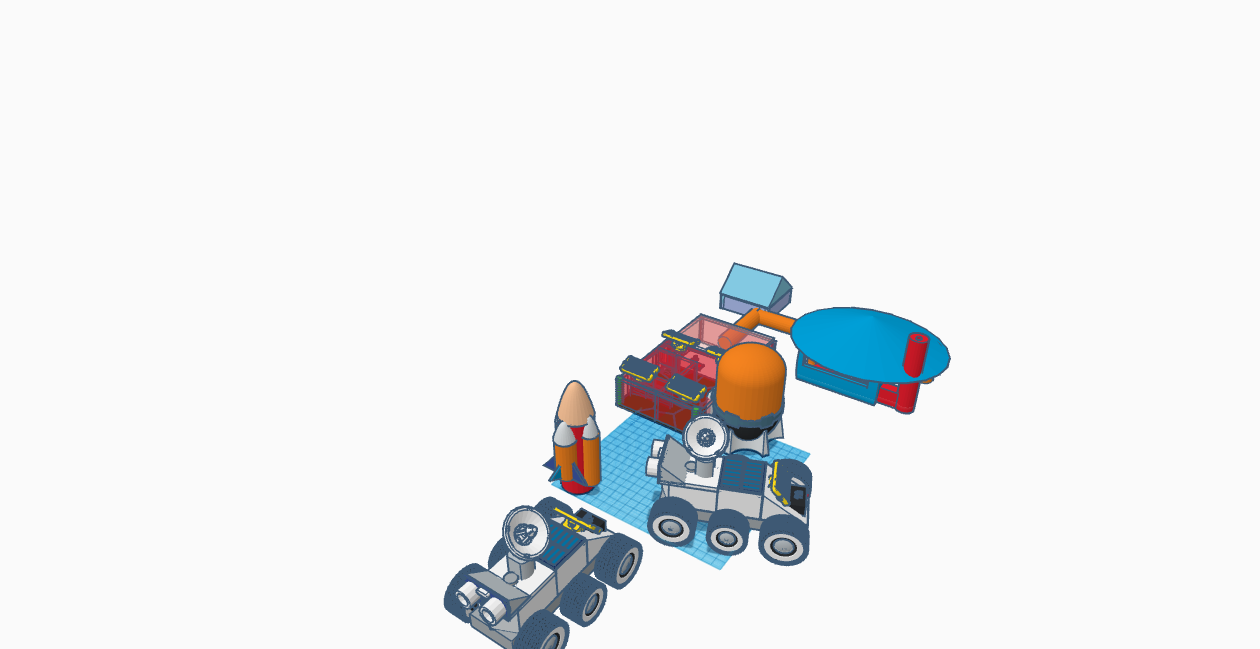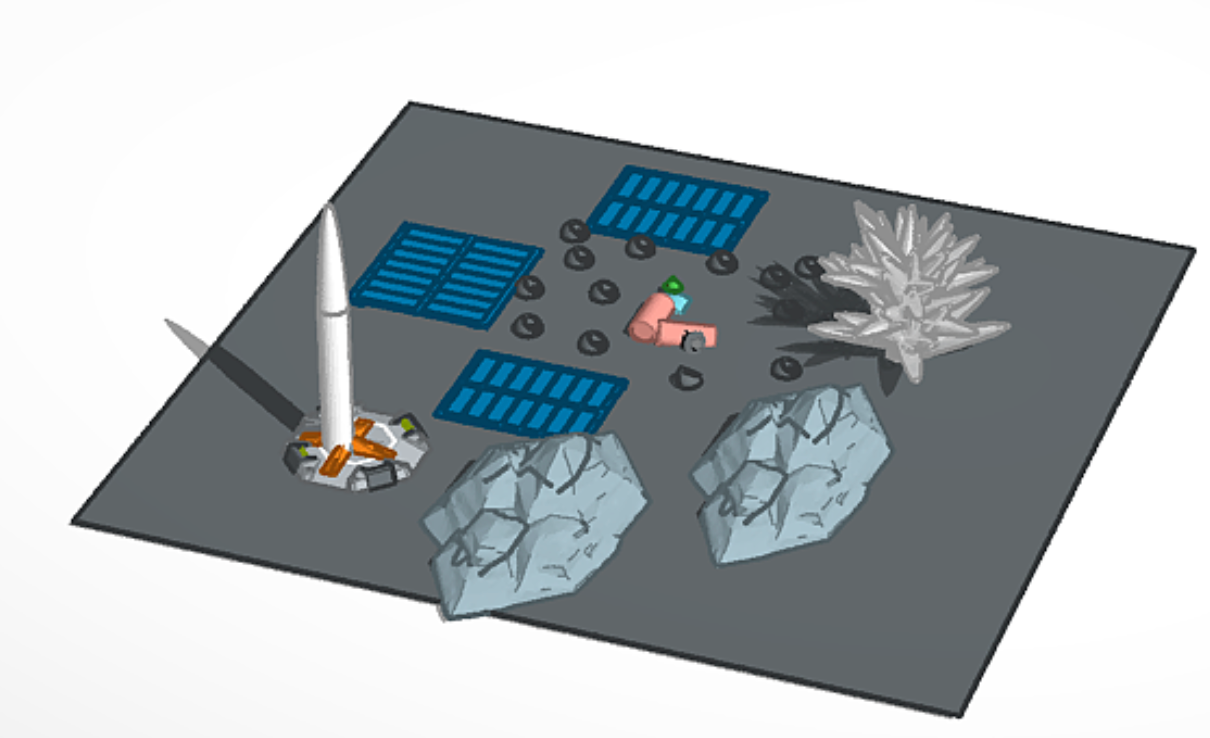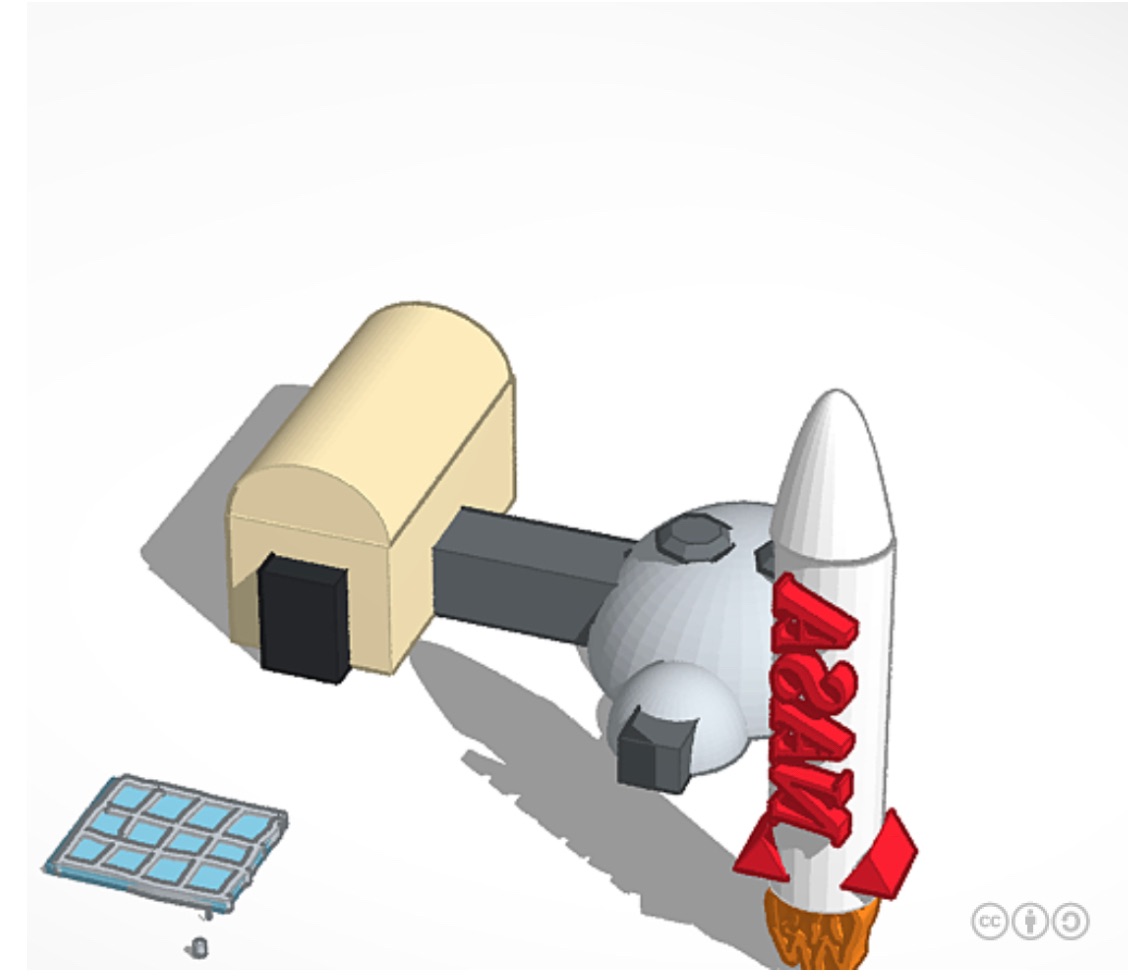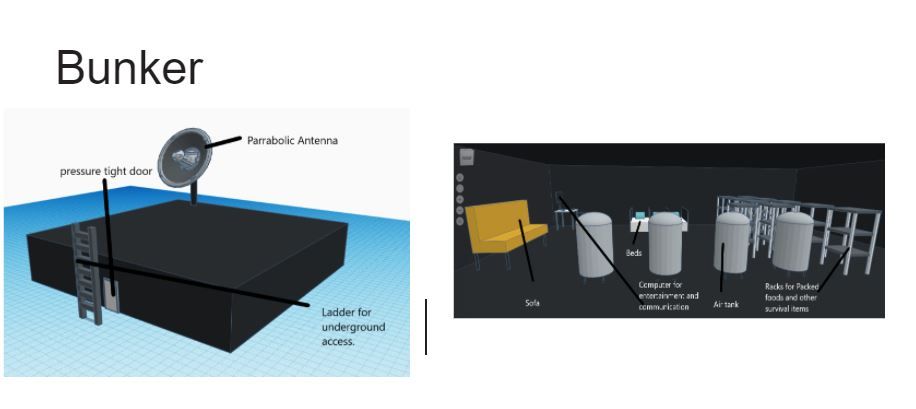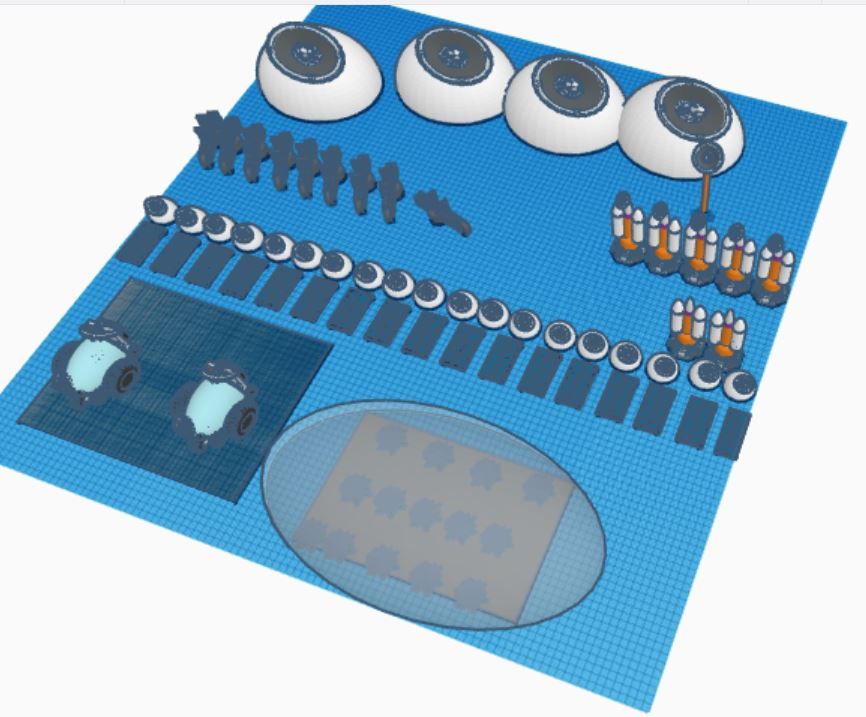Moon Camp Explorers Gallery 2021-2022
In Moon Camp Explorers each team’s mission is to 3D design a complete Moon Camp using Tinkercad. They also have to explain how they will use local resources, protect astronauts from the dangerous of space and describe the living and working facilities.
Team: Your Moon
Galēnu pamatskola Preiļu novads, Galēni Latvia 13, 14 5 / 2
External link for 3d
|
Project description
Our mission will be – explore a Moon South polar and developed new infrastructure for living in the Moon long time. We will research to a resources of the Moon and do experiments. Our team plan build Moon Camp close to the Lunar Poles, because NASA will send astronauts to the Moon’s South Pole by 2024. The lunar South Pole is one of the most compelling places in the entire Solar System. This region of the Moon is important for lunar scientists. We will build the base using a 3D printer so as to protect it from radiation and meteors. Astronauts will be able to work and relax at our base.
|
||||
|
Where do you want to build your Moon Camp?
Close to the lunar poles Why did you choose this location?
We chose the South Pole because it is the sunniest place on the Moon.The base would be underground on the side of the hill on the crater side, because it is the sunniest place. It is also surrounded by a lot of ice as a source of water.The base of the Moon would be formed at the pole of the Moon, at the Shackleton crater – there is a low enough temperature (-30 ° to -40 °) for a person to be able to stay there. The abrupt temperature changes that occur in the equatorial region are not beneficial to the human body, organism. At Shackleton Crater, the easier it is to access the depths of the earth. The water resources obtained by melting and then cleaning the glaciers can be used for food and further for energy production.In terms of energy, polar places such as the Shakelton Crater (SouthPole) will have about 80% of the daylight (there would be 14 light days in the equator, followed by 14 dark days). How do you plan to build your Mooncamp? Which materials will you use?
The base structure will be printed with a construction type 3D printer, which will be divided and delivered to the Moon base. The print material for a 3D printer will consist of a mixture of 87% regolite (which is easily obtained on the lunar earth’s surface) and 13% earth’s binders. The lunar base structure will be covered with a layer of regolite, which will provide additional protection. |
||||
|
Water
|
Food
|
Electricity
|
Air
|
Protection
|
|
On site I use water, ice to drink. Thanks to the ISS you can know that a large amount of water (~ 97%) can be reused through a recycling system. However, it is not 100% effective, so part of the lunar water that is underground would also be needed. One of the reasons for choosing the lunar poles is solid water, ice. We could place the water tank close to the batteries and next to the water treatment system tank. Let’s use food that can last a very long time and will not spoil – for example, frozen. |
When we go to the Moon, from Earth we take seeds and food for the first time. |
Electricity will be obtained using solar panels, which will be located on the surface of the Moon. The resulting energy reserve will be stored. |
Some oxygen cylinders we take from the Earth, for the first time. |
The base structure will be printed with a construction type 3D printer that will break down the parts to be delivered from the ground. The print material of a 3D printer will consist of a mixture of 87% regolite (which is easily obtained on the lunar earth’s surface) and 13% earth’s binders. And polycarbonate to blocks almost the entire relevant UV spectrum, which means both UVA and UVB. The material absorbs UV radiation and prevents it from penetrating. UV blocking property is a clear advantage of polycarbonate. In this way astronauts can be protected from radiation. The lunar base structure will be covered with a layer of regolite, which will provide additional protection to the structures. |
|
Describe a day on the Moon for one of your Moon Camp astronauts
One astronaut to bed at 9.p.m, while the other astronaut wakes up. While one sleep, the other eat, 2 hours of training, Moon research, checks the air supplier and everything else. Play games, read the book. All this until 7 am. There is then a meeting to discuss what has been done and what the other astronaut needs to do. At 9 o’clock in the morning change with the other astronaut, go to bed themselves. |
||||


